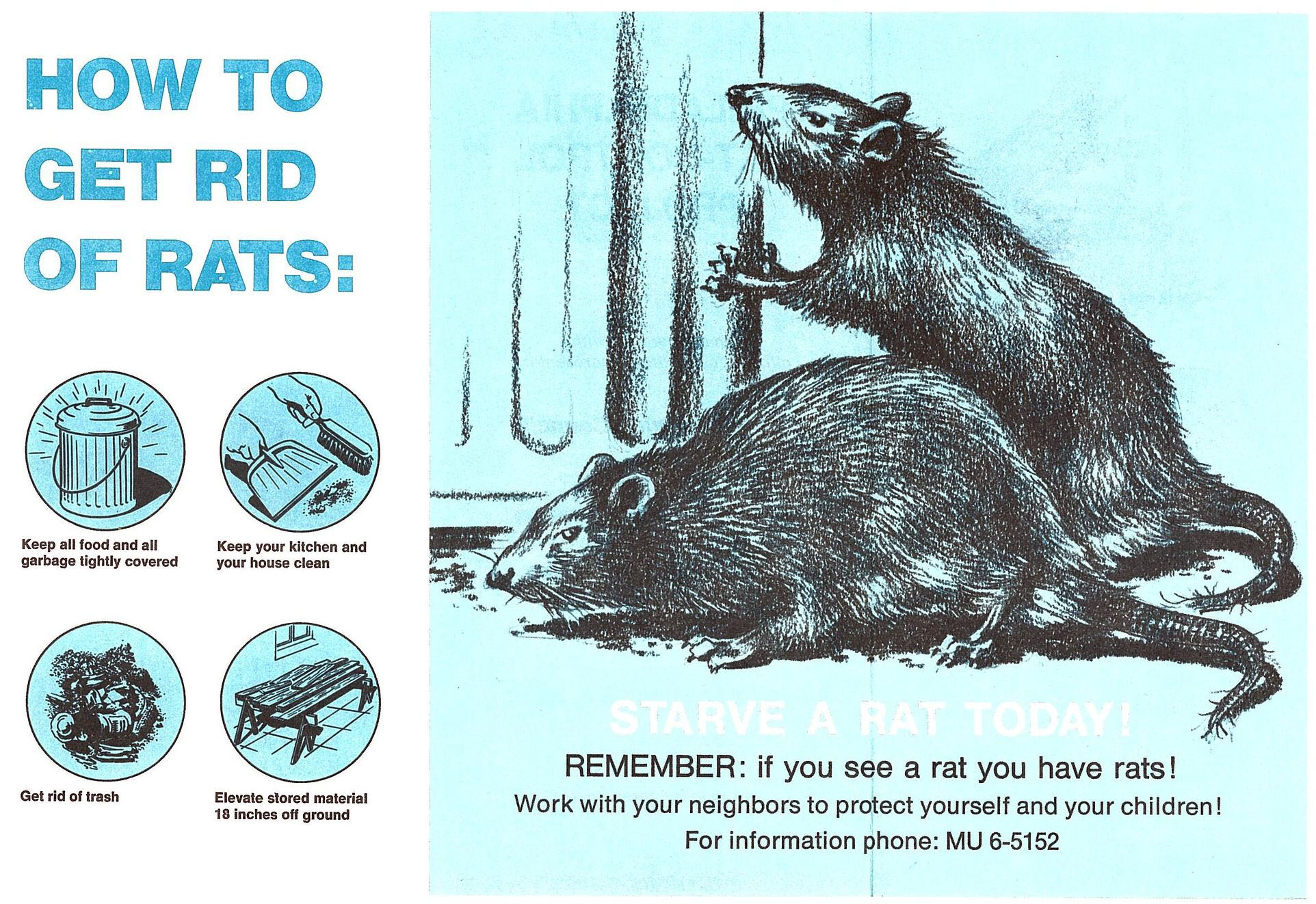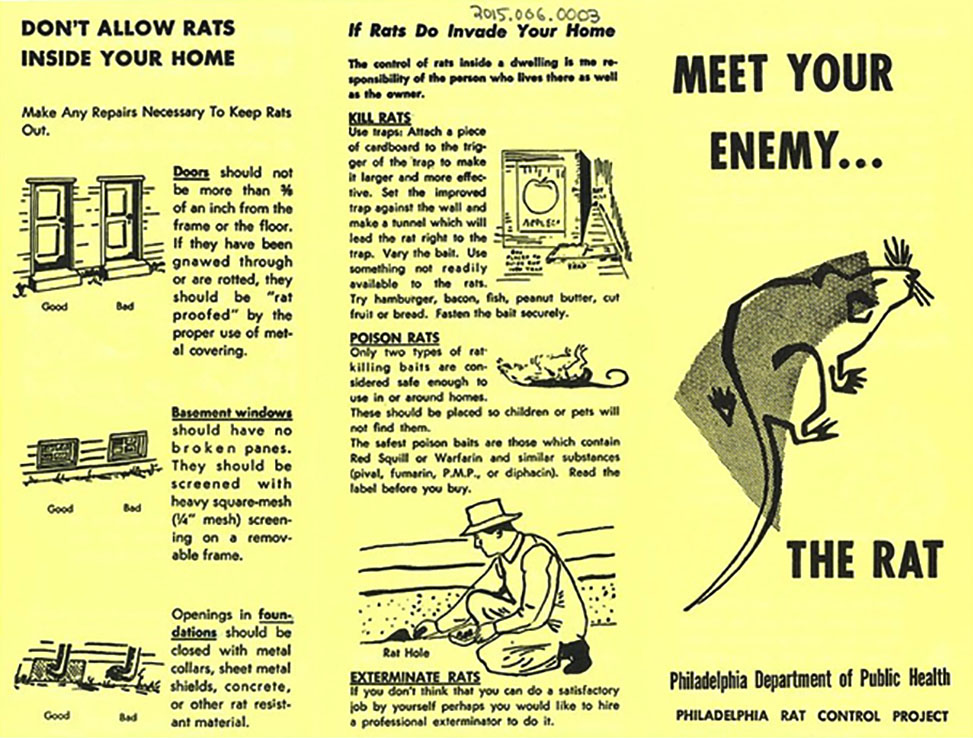Philadelphia has many, many elements to recommend it as a place to both visit and live. It has fun things to do, interesting sights to see and people to talk to, great places to eat and drink, and quiet spots – very possibly known only by locals and lifers – where you can get away from the madness and breathe a bit. It has culture, opportunity, excitement, grandeur, chaos, noise, and a personality that shifts as you travel between neighborhoods and even, sometimes, between streets. And, according to longtime New Yorker architecture critic Paul Goldberger, it has “one of the most appealing skylines of any major American city.” We’ve got a lot to be proud of and grateful for, in other words.
It also has rats. Hoo boy, does it ever have rats.
Please don’t read that as a criticism of Philadelphia; the city is good and only getting better. While our city’s rat population might have spiked in recent years, so too has the rat population of virtually every other city in the country, if not the world. New York, Boston, Chicago, Seattle, and Portland, among many others, have reported significant increases in their measured rat populations in recent years, and London and Paris have also seen explosions in the numbers of Rattus norvegicus in their streets lately. The weather doesn’t seem to help much, either; the Twin Cities of Minnesota, which average between 45 and 52 inches of snow annually, aren’t exempt from the phenomenon. Nor, for that matter, is Alaska.
Essentially, what it comes down to is that rats want to eat, and they’re smart enough to know that where there are people, there’s food, and probably a lot of it – and rats, being true omnivores, don’t really care all that much what they’re eating. Studies have indicated, in fact, that they’re not all that dissimilar to humans in their tastes, preferring scrambled eggs and macaroni and cheese to raw beets, peaches, and celery. Which sounds about right.
Of course, urban rats – big, wild urban rats – also carry along with them ferocious attitudes and the sorts of microorganisms and pathogens that aren’t all that good to have around: salmonella, the hantavirus, and leptospirosis, along with something called “rat bite fever.” And then there’s the plague. That plague. The one that wiped out half of Europe in the Middle Ages.
So even though they can, in the right light, look kind of cute, and even though it might not be the most pleasant thing in the world to contemplate putting an end to a living creature, if a rat shows up in your home, or if you see evidence that one (or more) are hanging around, some less-than-palatable steps might have to be taken. It’s just one of those inherent perils of city living.
Thankfully, if you need a reminder of the Rat Menace, the Philadelphia Department of Health, circa 1971, has you covered, with a series of rat brochures that not only outline the parameters of the threat but also tell you, very, very explicitly, what you should do if you wind up with a dirty rat or two. To wit:
KILL RATS
POISON RATS
EXTERMINATE RATS
Those seem to just be three ways of saying the same thing, but the point is clear: you don’t want rats hanging around.
The above is taken from what might be the standout brochure in the series, a stark yellow pamphlet from then-Mayor James Tate’s “Philadelphia Rat Control Project” called MEET YOUR ENEMY… THE RAT.
Which seems just a bit extreme, out of context, but, hey, 1971 was a very different time. Suffice to say that it’s still probably a not-bad idea, if you get a rat, to do everything you can to get rid of it. And if you need a pep talk to cement your resolve, Mayor Tate and his rat brigade are right behind you.
A Deeper Dive: Mayor Tate vs. the Rats
Mayor James Tate served Philly from 1962 to 1972, and launched the “Philadelphia Rat Control Project” in 1969. In the PWD archives, you will find a number of pamphlets that were produced during that era to help residents support the City efforts to deal with rodents. There’s also a 1971 progress report that provides an in-depth look at the program. The year the program launched, 8,576 rat complaints were filed with the City… and 91 people reported rat bites.
Here’s a gallery of pamphlets published by the Philadelphia Rat Control Project:


